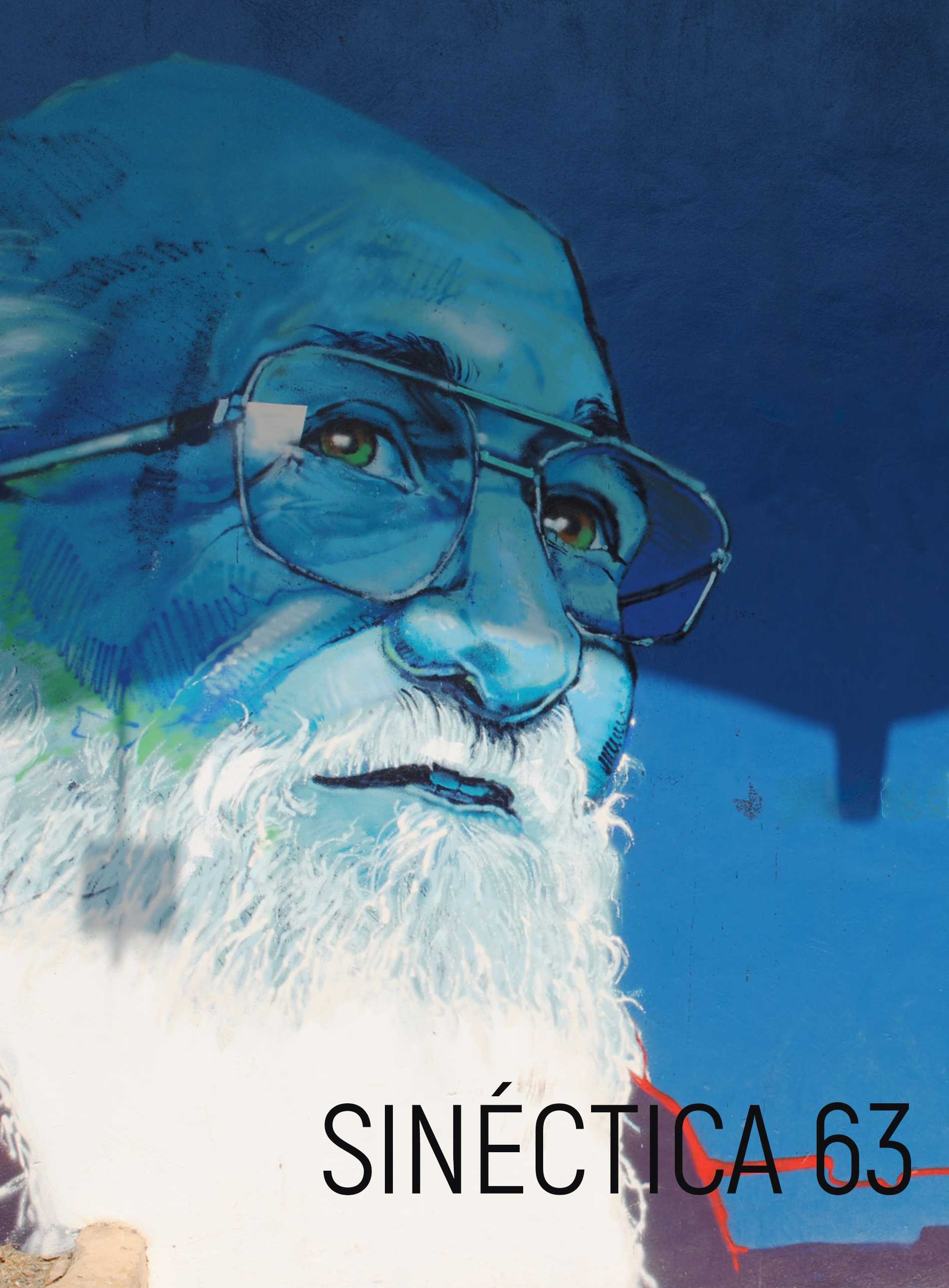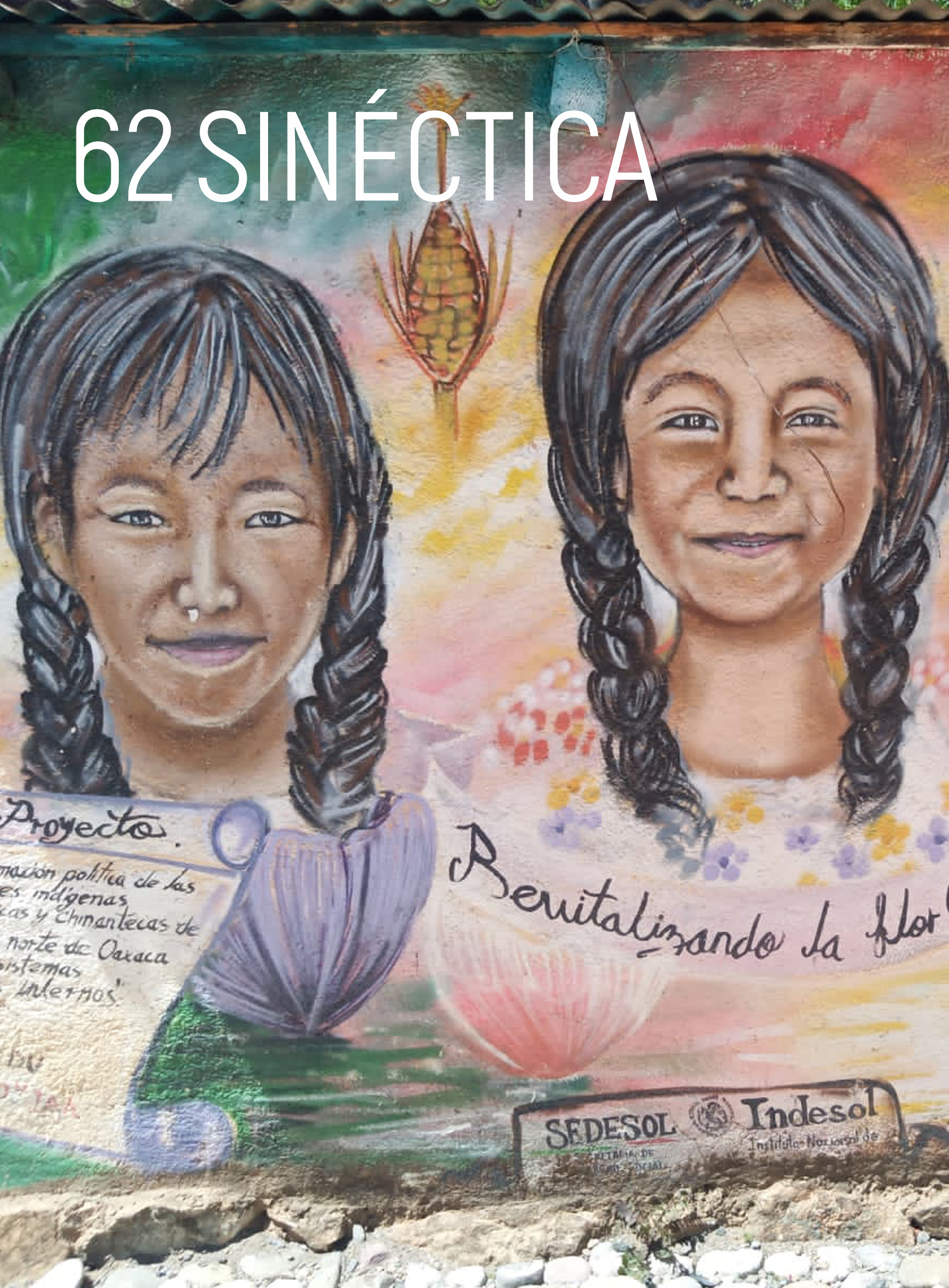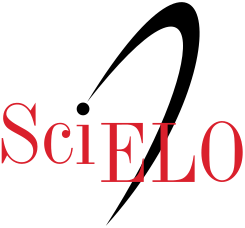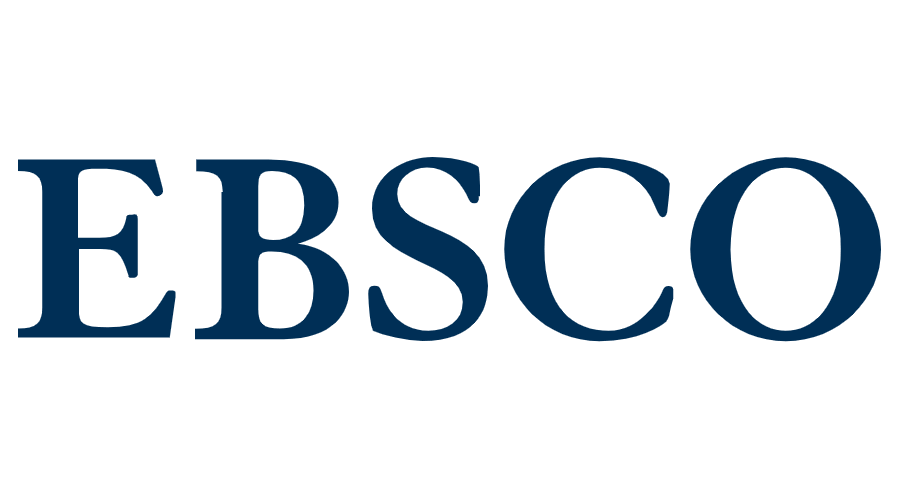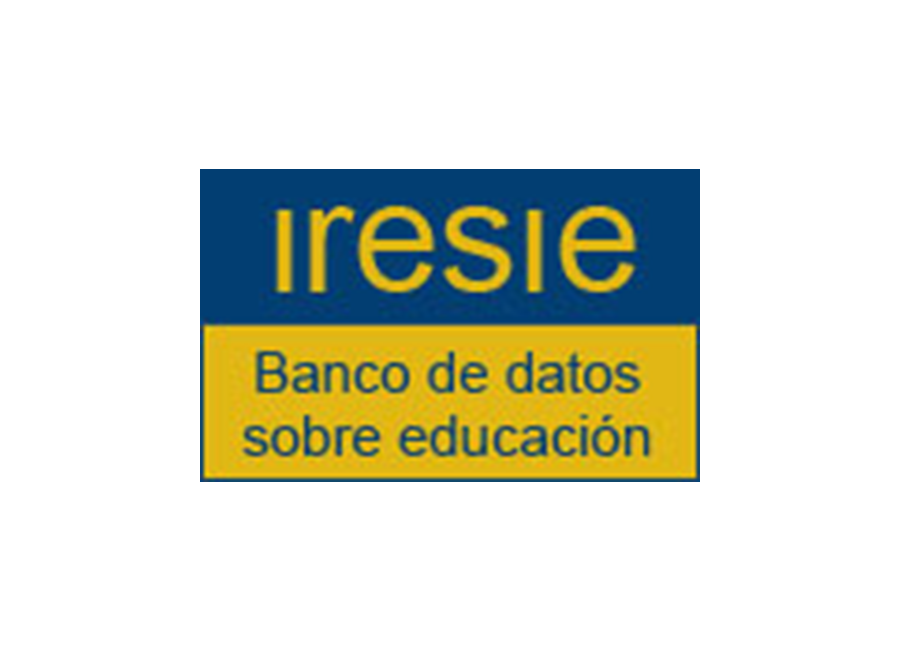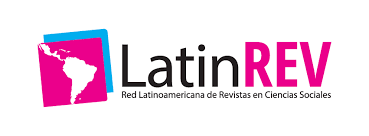La inclusión educativa de ciegos y baja visión en el nivel superior. Un estudio de caso
Keywords:
inclusión educativa, educación superior, discapacidad visualAbstract
La inclusión de las personas con discapacidad en la educación regular tiene especial importancia. Las instituciones de educación superior tienen la responsabilidad social de facilitar la incorporación de estas minorías al ámbito profesional, ya que no poseen otras alternativas de formación. En la Universidad Juárez Autónoma de Tabasco existe un grupo de alumnos de distintas carreras con discapacidad visual que requieren atención especial. El objetivo del estudio es diagnosticar los apoyos educativos que se requieren para atenderlos. El estudio de caso es referente metodológico del proyecto. En la etapa inicial se realizaron siete entrevistas abiertas al grupo de ciegos y débiles visuales inscritos en varios programas; se contrastaron con categorías que resultaron de la revisión documental simultánea al trabajo de campo. Los resultados se presentan a modo de análisis cruzado o contrastado de casos, y revelan el grado de visión como elemento incidente en sus trayectorias, y la necesidad de apoyos en tres categorías: accesibilidad arquitectónica, tecnológicos y del personal, que se deben promover en la universidad de acuerdo con la experiencia de los estudiantes.
Downloads
Downloads
Published
Issue
Section
License
This work is licensed under a Creative Commons Attribution-NonCommercial 4.0 International license.
Authors who publish in Sinéctica agree to the following terms:
The authors retain copyright and grant the journal the right of first publication of the authorized work simultaneously under a Creative Commons Attribution License, which allows others to share the work as long as both the authorship of the work and the initial publication in this journal are acknowledged.
Authors may enter into additional separate contractual agreements for non-exclusive distribution of the published version of the journal (e.g., publishing in an institutional repository or a book), with acknowledgement of initial publication in this journal.
Authors are allowed to publish their work in institutional repositories or on their own website before and during the submission process, as it may generate productive exchanges, as well as earlier and greater citation of the published work.
Explanatory note: As of 2017 Sinéctica is governed by the Creative Commons Attribution Non-Commercial 3.0 International License, a version that standardizes licenses internationally.
Articles published between 1992 and 2016 are covered by a Creative Commons Attribution-NonCommercial-NoDerivatives 4.0 International license, which allows a work to be shared and distributed non-commercially and with acknowledgement of the author, but prohibits modification of the original creation.




